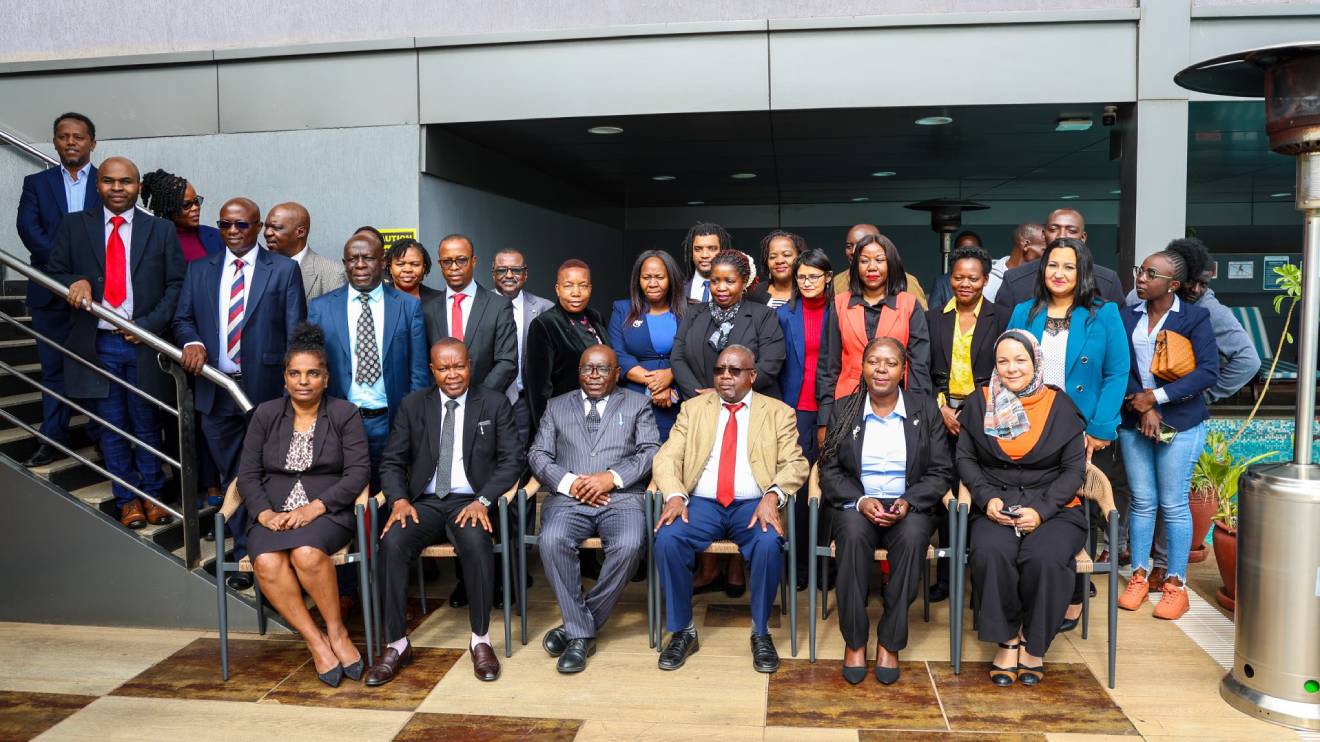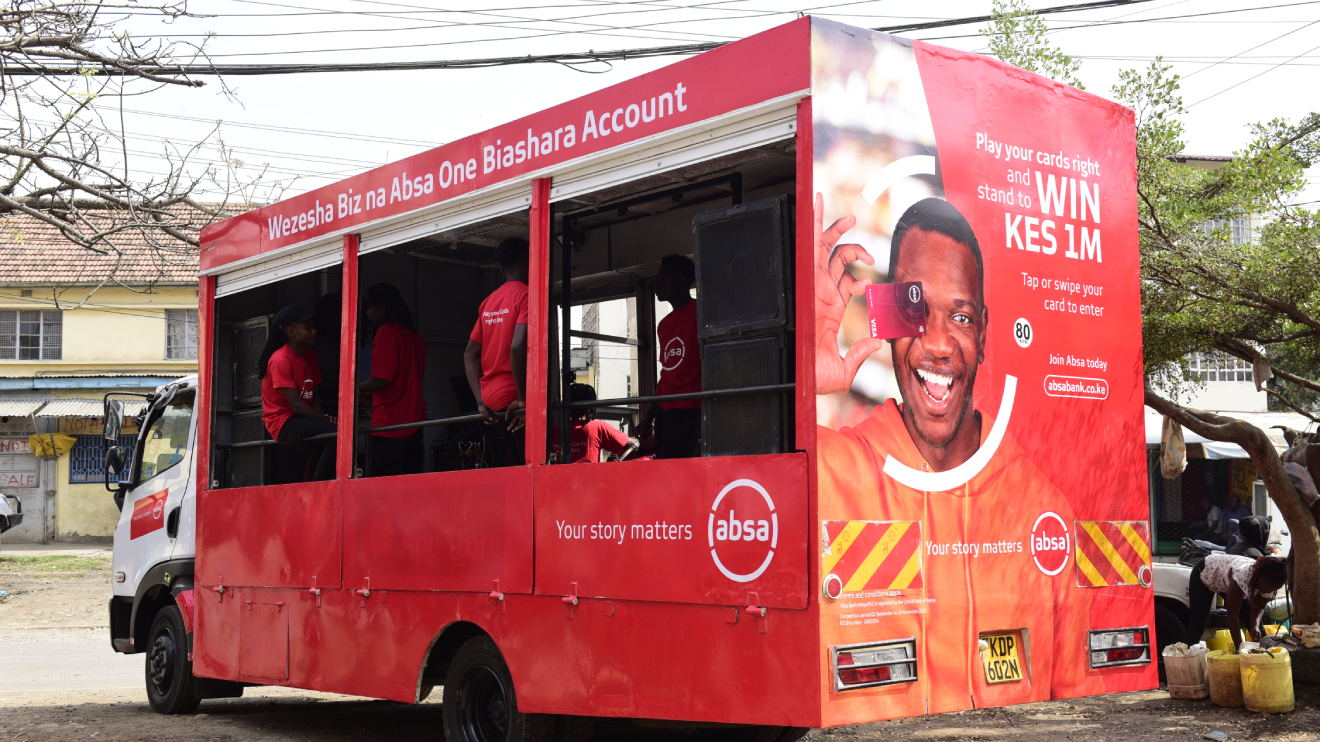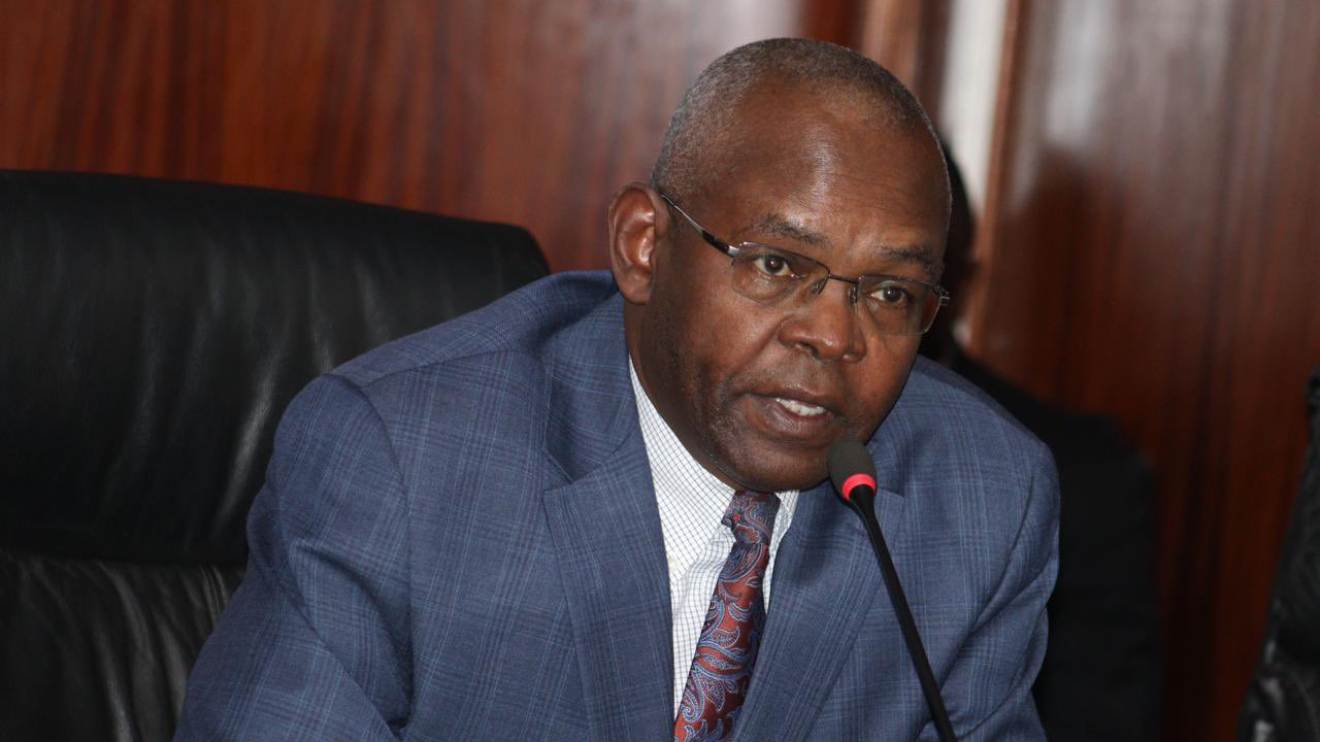Kenya is facing fresh trade headwinds as its major exports to the United States, especially textiles, macadamia nuts, black tea, and organic coffee, begin attracting tariffs as high as 50 per cent.
The Common Market for Eastern and Southern Africa (COMESA) is urging African countries to urgently deepen trade ties among themselves to withstand such external economic shocks.
The United States recently lifted a 90-day suspension that had delayed implementation of new tariffs on imports from several nations, Kenya included.
This comes just months before the African Growth and Opportunity Act (AGOA), which has offered duty-free access to the US for over 6,000 product lines from sub-Saharan Africa, expires in September.
COMESA now sees an opportunity, and a necessity, for the continent to look inward.
Read More
Speaking during the 41st COMESA Trade and Customs Committee meeting held in Nairobi on Tuesday, Christopher Onyango, Director for Trade and Customs at the bloc, pushed for faster adoption of intra-African trade mechanisms.
“We have to be united in a way to make sure that we have common policies, we can implement them effectively, to be able to shield ourselves from the challenges that are coming out externally,” Onyango stated.
The meeting brought together senior customs officials from member countries and focused on formalising cross-border trade among small traders, launching regional trade tools, and addressing bottlenecks at entry points.
A draft strategy for implementing the African Continental Free Trade Area (AfCFTA) was also presented during the session.
Key elements in COMESA’s trade blueprint include developing regional production centres, standardising digital trade systems, and rolling out the Pan-African Payment and Settlement System (PAPSS), which is expected to speed up payments across African borders.
Strengthening the AfCFTA Secretariat’s monitoring role is also part of the wider plan.
Onyango acknowledged the scale of the challenge facing exporters, especially in Kenya.
“Kenya is one of the countries that will be highly affected. We are working towards how we can open up, expand the trade arena within ourselves even as we have those external markets in place,” he stated.
At the same event, Deputy Director of Trade Alex Tomerang speaking on behalf of Trade PS Regina Ombam, noted that while progress had been made in liberalising tariffs and encouraging investment, the trade environment remains unpredictable.
“The ongoing implementation of the COMESA Free Trade Area, coupled with our engagement in the broader African Continental Free Trade Area (AfCFTA), necessitates robust discussions on ensuring seamless complementarity and maximising benefits for our member states,” Tomerang remarked.
He underscored the need to remove non-tariff barriers and embrace digital innovation to support trade resilience.
“Harmonising our customs procedures, therefore, remains paramount to reducing transaction costs and improving efficiency at our borders. Kenya remains steadfast in its commitments to the Comesa integration agenda,” he said.
With AGOA's future uncertain and tariffs already in effect, attention is shifting back to the continent.
Intra-African trade, which currently sits at just 14 per cent, has the potential to grow to over Sh25.8 trillion if the full promise of a continental free trade area is realised—according to estimates from Afreximbank.
As COMESA leaders deliberate on these measures in Nairobi, the message is becoming clear: the continent’s trade resilience will depend less on exemptions from distant partners and more on solidarity and strategy at home.








-1756917651.jpg)
